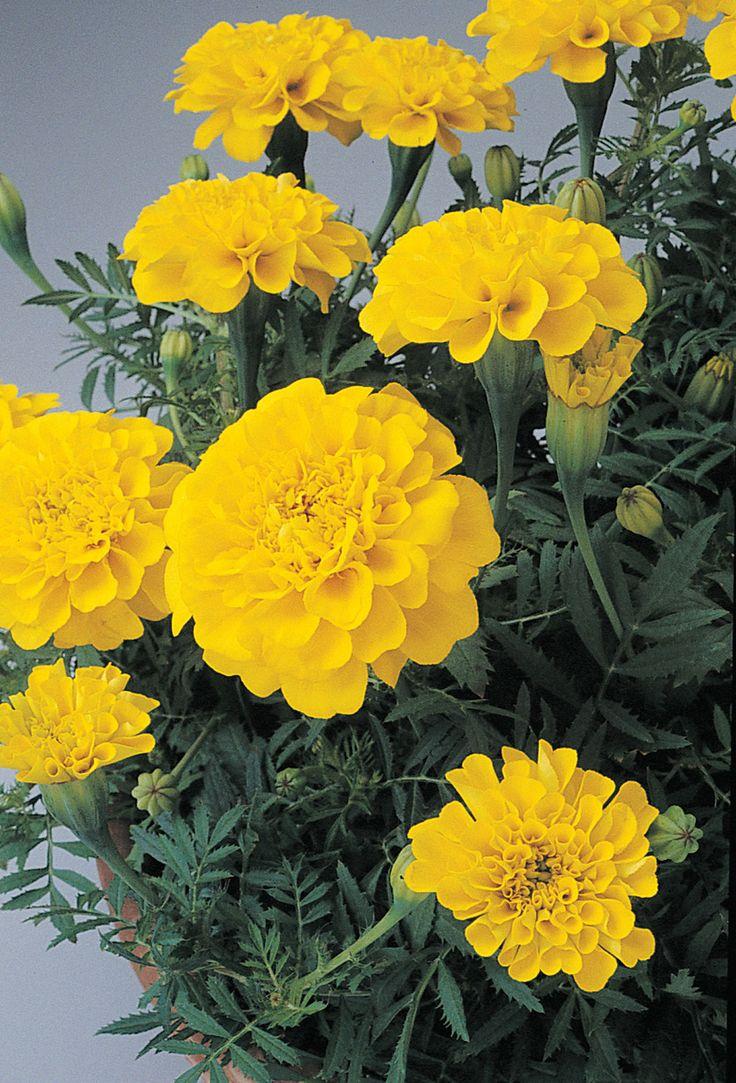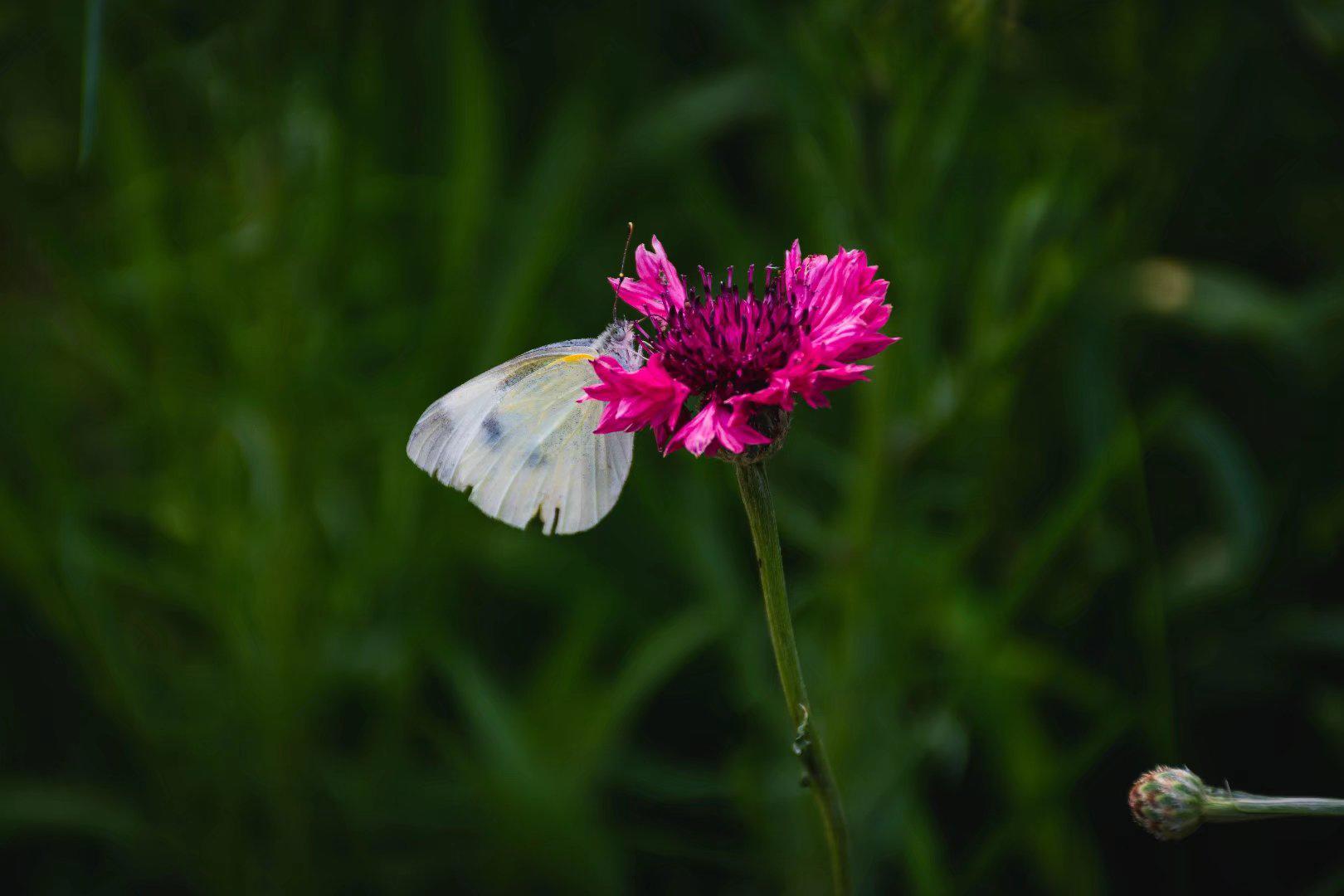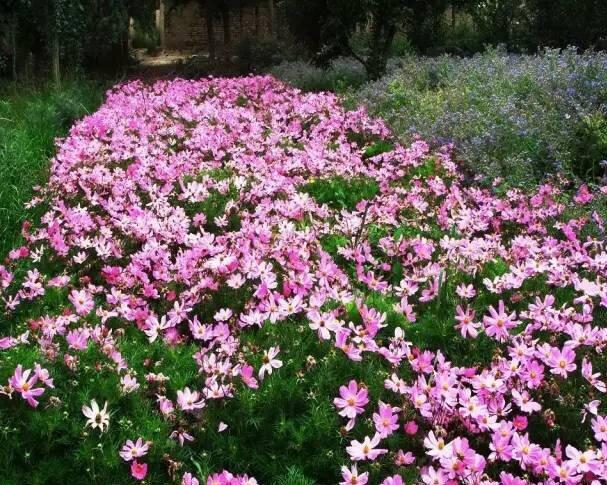The Euphorbia plant has an interesting story to tell. Legend has it that in ancient times, a wise healer discovered the plant’s medicinal properties. It was said that Euphorbia could cure ailments and bring good luck. People started growing it in their gardens, believing that it would ward off evil spirits. Over time, its popularity spread, and Euphorbia became known as the “Miracle Plant.” Today, it continues to captivate people with its unique shape and vibrant colors, a true symbol of healing and positivity.
Picture
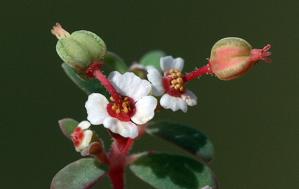
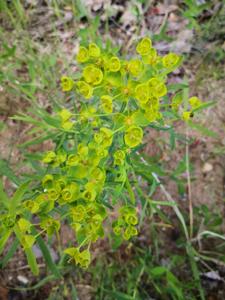
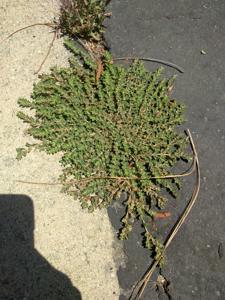
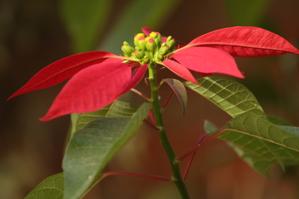
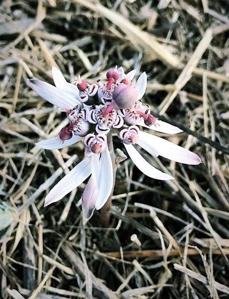
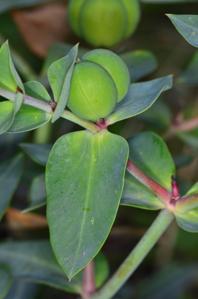
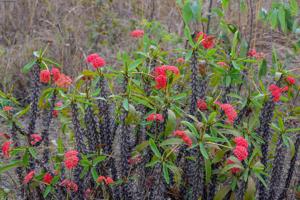
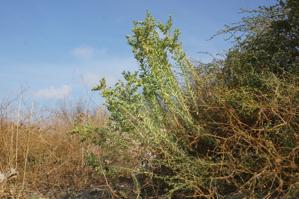
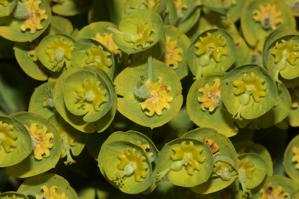
Plant some seeds now!
Short Description
Euphorbia as a small tree: Euphorbia dendroides
Euphorbia is a very large and diverse genus of flowering plants, commonly called spurge, in the family Euphorbiaceae. “Euphorbia” is sometimes used in ordinary English to collectively refer to all members of Euphorbiaceae (in deference to the type genus), not just to members of the genus.
Euphorbias range from tiny annual plants to large and long-lived trees. with perhaps the tallest being Euphorbia ampliphylla at 30 m (98 ft) or more. The genus has roughly 2,000 members, making it one of the largest genera of flowering plants. It also has one of the largest ranges of chromosome counts, along with Rumex and Senecio. Euphorbia antiquorum is the type species for the genus Euphorbia. It was first described by Carl Linnaeus in 1753 in Species Plantarum.
Some euphorbias are widely available commercially, such as poinsettias at Christmas. Some are commonly cultivated as ornamentals, or collected and highly valued for the aesthetic appearance of their unique floral structures, such as the crown of thorns plant (Euphorbia milii). Succulent euphorbias from the deserts of Southern Africa and Madagascar have evolved physical characteristics and forms similar to cacti of North and South America, so they are often incorrectly referred to as cacti. Some are used as ornamentals in landscaping, because of beautiful or striking overall forms, and drought and heat tolerance.
Euphorbia all share the feature of having a poisonous, latex-like sap and unique floral structures. When viewed as a whole, the head of flowers looks like a single flower (a pseudanthium). It has a unique kind of pseudanthium, called a cyathium, where each flower in the head is reduced to its barest essential part needed for sexual reproduction. The individual flowers are either male or female, with the male flowers reduced to only the stamen, and the females to the pistil. These flowers have no sepals, petals, or other parts that are typical of flowers in other kinds of plants. Structures supporting the flower head and other structures underneath have evolved to attract pollinators with nectar, and with shapes and colors that function in a way petals and other flower parts do in other flowers. It is the only genus of plants that has all three kinds of photosynthesis, CAM, C3 and C4.
Description
The plants are annual, biennial or perennial herbs, woody shrubs, or trees with a caustic, poisonous milky latex. The roots are fine or thick and fleshy or tuberous. Many species are more or less succulent, thorny, or unarmed. The main stem and mostly also the side arms of the succulent species are thick and fleshy, and often winged, 15–91 cm (6–36 in) tall. The succulent trees and large shrubs are mostly confined to southern and eastern Africa, but Euphorbia neutra is native to the Caatinga of Brazil and Euphorbia royleana is found in the Himalayan foothills. The deciduous[citation needed] leaves may be opposite, alternate, or in whorls. In succulent species, the leaves are mostly small and short-lived. The stipules are mostly small, partly transformed into spines or glands, or missing.
Inflorescence and fruit
Euphorbia false-flower

